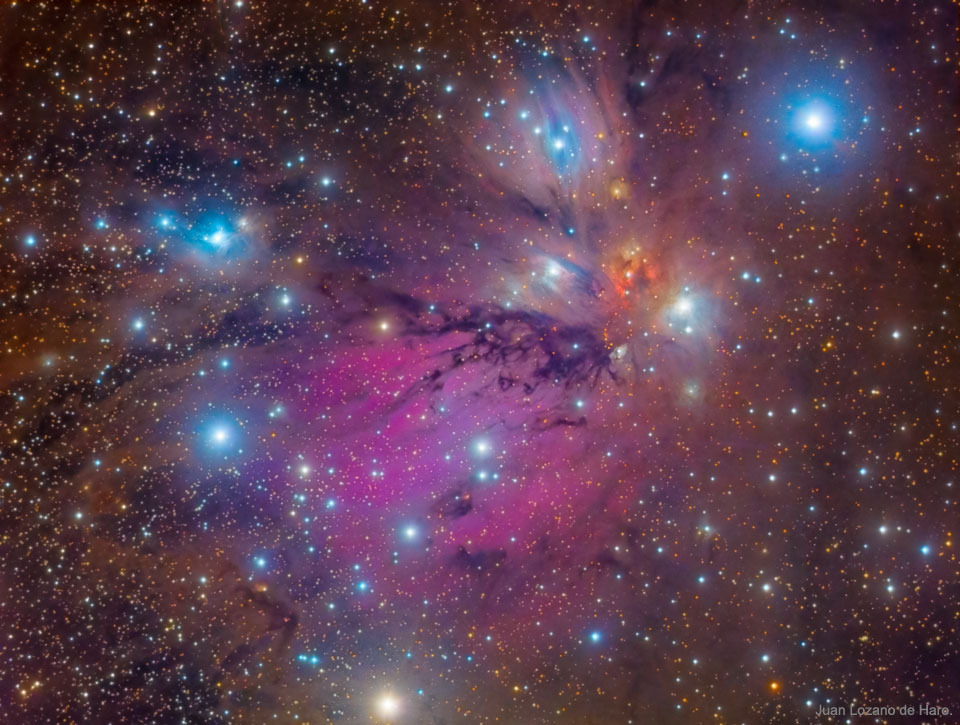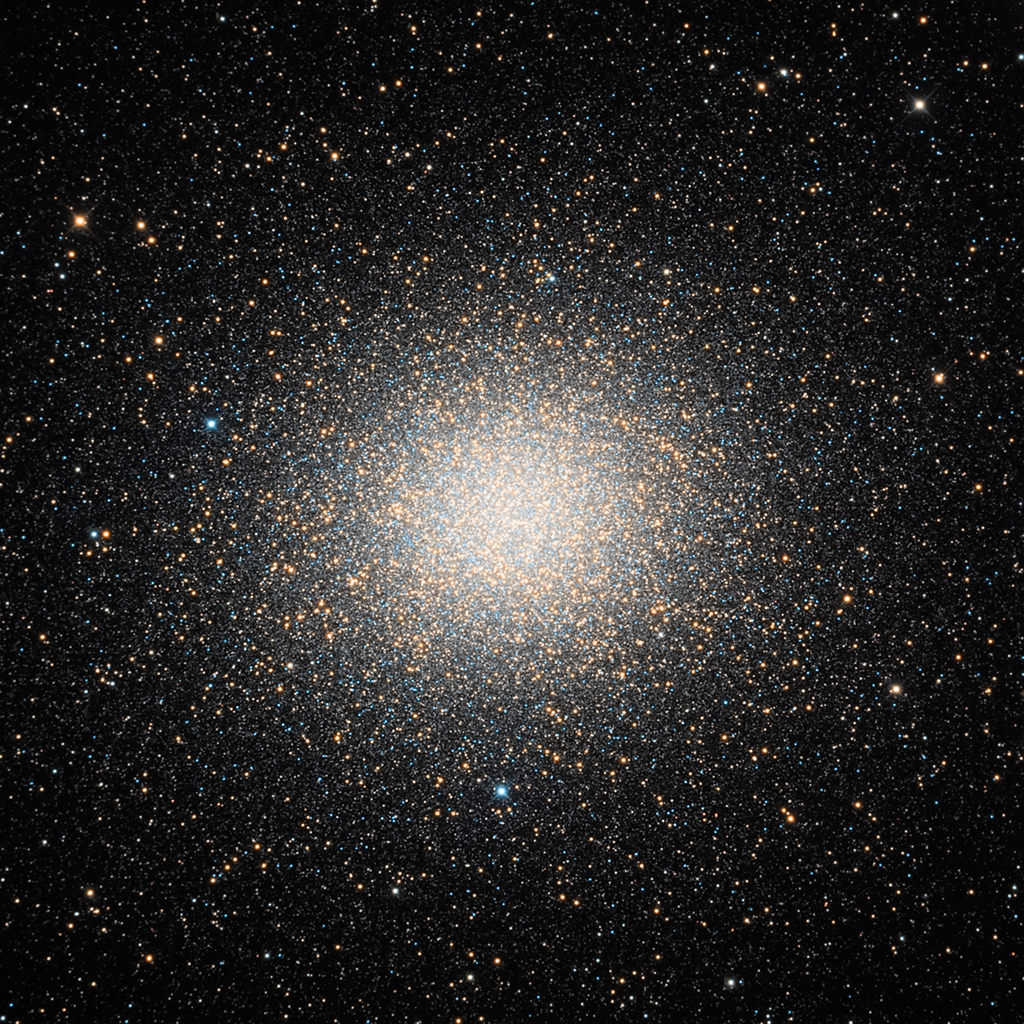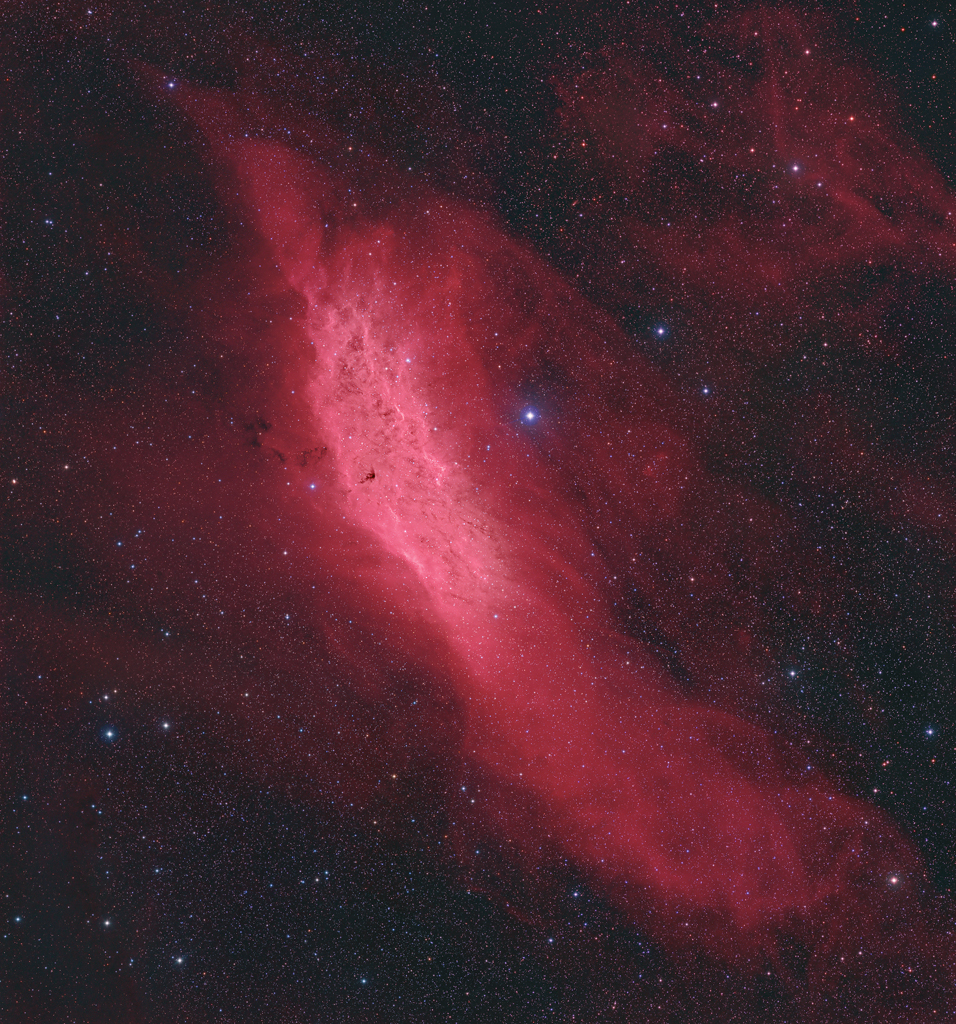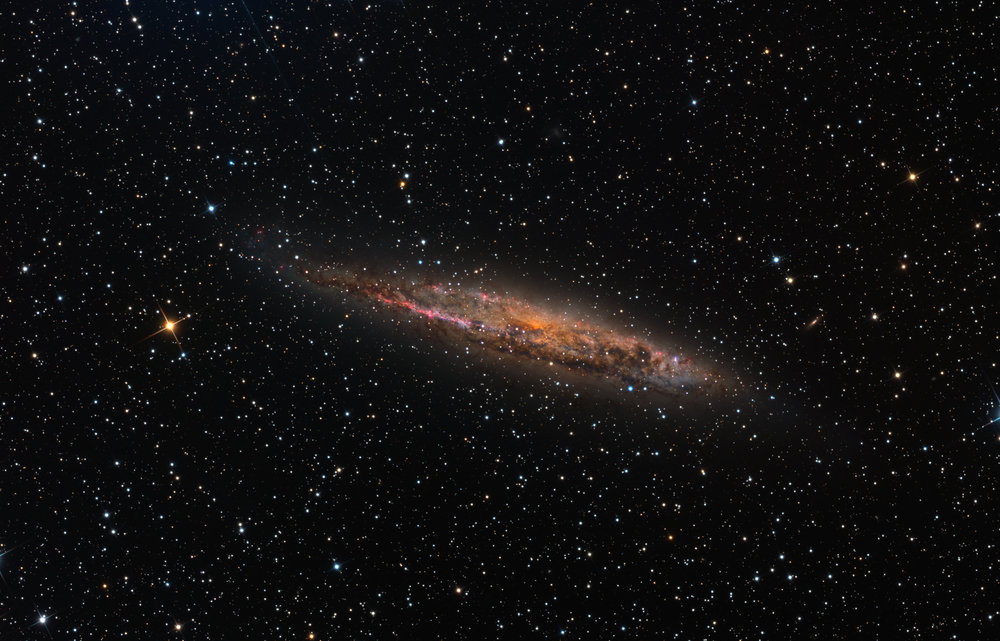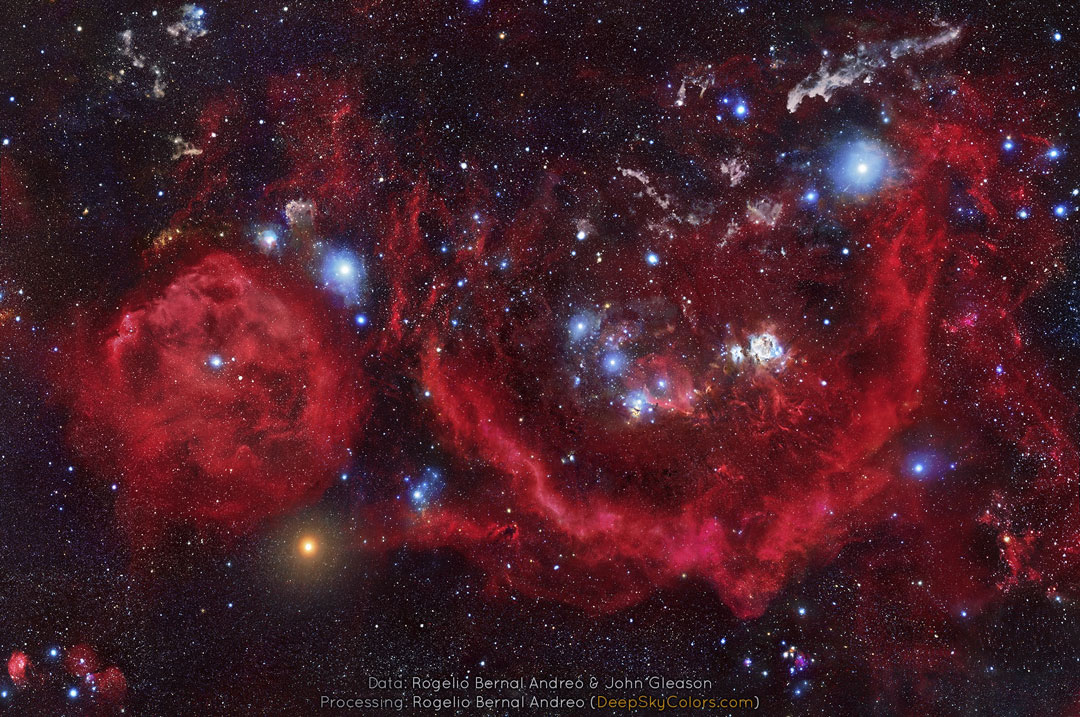Cientistas luso-israelitas testaram com sucesso uma vacina contra o melanoma metastático, um cancro agressivo de pele que se dissemina por outros órgãos, tendo aumentando a sobrevivência de ratinhos em laboratório, o que pode ser promissor para travar a doença.
O estudo, coordenado em Portugal pela investigadora Helena Florindo, da Faculdade de Farmácia da Universidade de Lisboa, foi publicado na revista científica britânica Nature Nanotechnology.
A vacina experimental foi usada em ratinhos com melanoma metastático, um tipo de cancro em que os doentes respondem pouco à imunoterapia (tratamento em que são ativadas as células do sistema imunitário para combater o tumor).
No caso, a equipa de Helena Florindo, em parceria com um grupo de trabalho da Universidade de Tel Aviv, de Israel, criou uma vacina capaz de "treinar" o sistema imunitário para reagir contra marcadores biológicos das células tumorais e destruir apenas estas células, evitando efeitos adversos em células ou órgãos saudáveis (como sucede com a quimioterapia).
A cientista explicou à Lusa que a vacina tem na sua composição um açúcar simples (manose) e uma sequência de dois péptidos (frações de proteínas) que está presente nas células de melanoma.
A vacina não vai atuar no tumor, mas nas células dendríticas, que fazem parte do sistema imunitário, que protege o organismo contra agentes invasores.
Segundo Helena Florindo, estas células "vão reconhecer a vacina e torná-la visível" a outras células do sistema imunitário, os linfócitos T, que desempenham um papel fundamental na autodestruição de células cancerígenas.
No fundo, as células dendríticas "vão mostrar" às células T que "é contra esses péptidos [inoculados na vacina] que têm de reagir", adiantou a investigadora da Universidade de Lisboa.
Antes de testarem o efeito terapêutico da vacina nos ratinhos doentes, os cientistas verificaram o seu efeito profilático, quando os roedores foram vacinados antes de desenvolverem um cancro agressivo: metade dos animais sobreviveram "durante um longo tempo" após terem recebido igualmente três doses da vacina experimental, combinada com imunoterapia contra o melanoma metastático.
Num próximo passo, a equipa científica, que pretende patentear a vacina e produzi-la à escala industrial para a testar novamente em animais e depois em humanos, vai estudar as implicações da vacina no cancro do pâncreas, cujos doentes têm uma sobrevida "muito baixa".
Jornal Médico - Portugal
